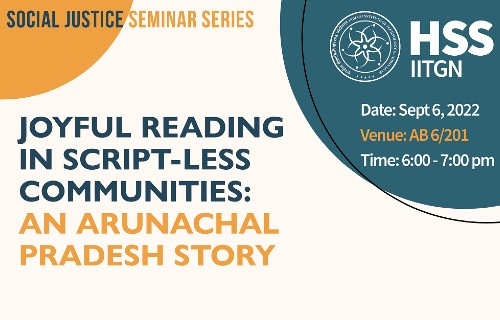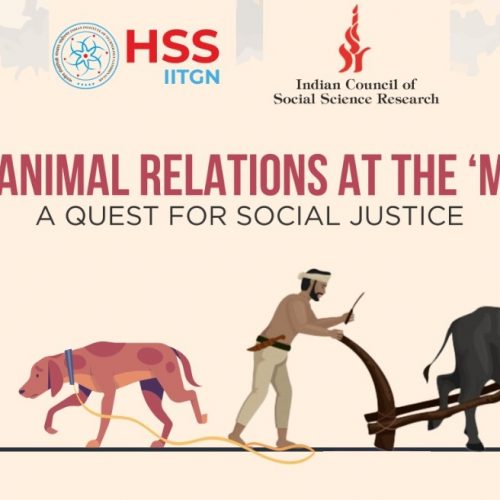About the Speaker: Dr. Tosabanta Padhan is a Post-Doctoral fellow at the Archaeological Sciences centre, IITGN. His principal interest is in Field Archaeology, Ethnoarchaeology, Lithic technology, Experimental Archaeology, Sustainable Heritage and Historical Archaeology. He did his Masters in Quaternary and Prehistory from the University of Trås-os-Montes and Alto Douro (UTAD), Portugal. He earned his Post-Graduate Diploma and Ph.D. in Archaeology from Deccan College, Pune. He has published one book, 20 research papers in reputed national and international journals & presented 32 research papers in various seminars and conferences. He is a recipient of the prestigious H.D. Sankalia Young Archaeologist Award. He has conducted several fieldworks in Central India, Eastern and Northeast India, Western Europe, and East Africa. He taught Archaeology in the Department of History & Archaeology, NEHU, Tura Campus, Meghalaya for few years and was formerly Assistant Professor (2016-17), in the Department of Anthropology University of Asmara, Eritrea (Horn of Africa). Before joining IIT Gandhinagar, He was a former Post-Doc fellow in (UGC) and Israeli Science Foundation (ISF) funded research project at the Indian Institute of Science Education & Research (IISER), Mohali.
Abstract: Burials and grave goods help reconstructing the past way of life, and sheds light on ancient belief and knowledge system. Understanding burial helps understanding the concept of life after death, ancestral worship, nature of the dead, mode of disposals, burial architecture, health, wealth, sex, gender, mortality rate, migration pattern, and socio-economic condition of a past society. Graves are one of the main sources to know the identity, in other words the original place of the inhabitants. Lately with Stratigraphical excavation of the graves and DNA studies, burial archaeology is branching out to be subject of its own. This is an ever evolving subject.
The presentation briefly reviews the mortuary archaeology of the Harappan civilization and evaluates various natural and anthropogenic processes responsible for burial destruction. In the last hundred years, numerous Harappan sites have been excavated and uncountable numbers of sites have been destroyed. The present condition of several sites having graves of Harappan period is alarming. Burials and cemetery sites suffer from greater risk, poor conservations, and protection measures. Considering the various factors; a sustainable heritage approach to mortuary archaeology is sought. Careful curation measures, suitable scientific sampling methods, heritage awareness, public outreach programs, and local community participation are the need of the time. Safeguarding the buried archaeological heritage and careful recovery of material remains than excavating the number of burials would enlighten our understanding of the diversity of past cultural, ritual, and symbolic behaviour as well as keep the subject ready for future innovations in understanding the past better.




